- No products in the cart.
Bergolak tab 0.5mg 8 pcs
$23.75
Bergolak tab 0.5mg 8 pcs
Description
Composition
Active substance:
1 tablet contains: cabergoline – 0.5 mg ;.
Excipients:
Leucine, laktopress (lactose anhydrous), magnesium stearate.
Description:
Tablets white, oblong, biconvex scored on one side.
Product form:
Tablets of 0.5 mg. 2, 8 or 10 tablets in blisters. 2, 8, 10 or 30 tablets in a vial with a polymeric resin to cover the first opening control. Each vial or 1, 4 blisters with 2 tablets or contour cell pack 1 to 8 or 10 tablets, together with instructions for use in a stack of cardboard.
Contraindications
Hypersensitivity to cabergoline or other ingredients, as well as any of ergot alkaloids. Age up to 16 years (safety and efficacy in these patients has not been established). The preparation contains lactose. Do not be taken in patients with rare hereditary forms of galactose intolerance, Lapp lactase congenital deficiency or malabsorption glyukozygalaktozy.
Carefully
Like other ergot derivatives, cabergoline should be used with caution in the following conditions and / or diseases: hypertension, which developed on the background of pregnancy (e.g., preeclampsia) and / or postnatal hypertension; severe cardiovascular disease, Raynaud’s syndrome; peptic ulcers, gastrointestinal bleeding; severe hepatic failure; severe psychotic and cognitive disorders (including history); the presence of fibrotic changes of heart (valvulopatiya) and respiratory system (effusion / pleural fibrosis), including a history; concomitant use with drugs that have a hypotensive effect (because of the risk of orthostatic hypotension).
Dosage
0.5 mg
Indications
Prevention of postpartum lactation. Suppression has established post-partum lactation. The treatment of disorders associated with hyperprolactinemia, including amenorrhea, oligomenorrhea, anovulation, galactorrhea. Prolactin secreting pituitary adenoma (micro- and macroprolactinoma); idiopathic hyperprolactinemia; syndrome of “empty” sella combined with hyperprolactinemia.
Interaction with other drugs
Not recommended simultaneous application of ergot alkaloids and their derivatives (for long-term treatment with cabergoline). With simultaneous use of dopamine receptor antagonists (phenothiazine derivatives, butyrophenone, thioxanthene;. MCP, etc.) can weaken the effect of cabergoline. Not recommended simultaneous application of cabergoline with macrolides due to the possible increase of cabergoline concentration in blood plasma. The mechanism of macrolide interaction with cabergoline not sufficiently studied, but apparently explained by the ability of macrolides cabergoline and to inhibit competitively the cytochrome P450 system.
Overdose
Symptoms include nausea, vomiting, abdominal pain, constipation, decreased blood pressure, orthostatic hypotension, headache, leg cramps, severe fatigue, sweating, drowsiness, agitation, psychosis, hallucinations.
Treatment: gastric lavage, blood pressure control, assignment of dopamine receptor antagonists (phenothiazine derivatives, butyrophenone, thioxanthenes, metoclopramide).
pharmachologic effect
Pharmacological group:
Dopamine receptor agonist.
Pharmacodynamics:
Dopamine receptor agonist, ergolinovoe derivative suppresses prolactin secretion. Stimulates dopamine D2-receptors lactotropic pituitary cells; in high doses it has central dopaminergic effects. It reduces the concentration of prolactin in the blood, restores menstrual cycle and fertility. By reducing the concentration of prolactin in the blood of women restored pulsating secretion of gonadotropins and release of luteinizing hormone (LH) in the middle of the cycle eliminated anovulatory cycles and increases the concentration of estrogen in the body decreases the severity hypoestrogenic (weight gain, fluid retention, osteoporosis) and hyperandrogenic ( acne, hirsutism, etc.) symptoms. In men decreases due hyperprolactinemia decreased libido, impotence (decreasing concentrations of testosterone increased prolactin concentration), gynecomastia, laktoreyu. Regress macroadenoma pituitary and related symptoms (headache, fields and visual acuity function of the cranial nerves and the anterior pituitary gland). Reduces the concentration of prolactin in patients with prolactinoma and psevdoprolaktinomoy (the latter – without reducing the size of pituitary adenomas). Reducing the concentration of prolactin observed after 3 hours after administration and persists for 7-28 days in patients with hyperprolactinemia and 14-21 days – the suppression of postpartum lactation. Reducing the concentration of prolactin occurs within 2-4 weeks of treatment.
Pharmacokinetics:
Absorption – high, regardless of the meal. The time to reach maximum plasma concentration (TCmax) – 0,5-4 hours Connection to plasma proteins -. 41-42%. The half-life (T1 / 2) is 63-68 hours in healthy volunteers and 79-115 hours in patients with hyperprolactinemia. Because of the long T1 / 2 state equilibrium concentration (Css) is achieved after 4 weeks of therapy. Actively metabolized metabolites have a significantly less effect in suppressing prolactin secretion compared with cabergoline. Excreted by the kidneys and in the intestine for about 18% and 72% of the dose of cabergoline, respectively, while in the form of unchanged cabergoline kidneys displayed 2- 3%.
Pregnancy and breast-feeding
Since the controlled clinical studies with the use of cabergoline in pregnant women have not been conducted, use of the drug during pregnancy is possible only in case of emergency, where the potential benefits of the drug for women is much higher than the potential risk to the fetus. Pregnancy should be avoided for at least one month after you stop taking cabergoline, given the long half-life of the drug and the presence of limited data on its impact on the fetus (according to available data the use of cabergoline at a dose of 0.5-2 mg per week over violations associated with hyperprolactinemia, was not accompanied by an increased incidence of miscarriage, premature delivery, multiple pregnancy and congenital malformations). If the pregnancy during treatment with cabergoline should consider the desirability of withdrawal of the drug, taking into account the ratio of the potential benefits of the drug for the woman and the possible risk to the fetus. Since cabergoline suppresses lactation, the drug should not be administered to mothers who wish to breastfeed. During treatment with cabergoline should stop breastfeeding.
Conditions of supply of pharmacies
On prescription.
side effects
Side effects are usually transient, according to severity – mild or moderately expressed and are dose-dependent. There are, basically, during the first 2 weeks of therapy and in most cases disappear spontaneously with continued treatment or after a few days after discontinuation of cabergoline. With the cardiovascular system: heart rate, “tides” of blood to the facial skin, vasospasm of fingers (as well as other ergot derivatives, cabergoline may have a vasoconstrictor effect) valvulopatiya rarely – orthostatic hypotension (long-term treatment with cabergoline – hypotensive effect) It noted asymptomatic decrease in blood pressure during the first 3-4 days after birth (systolic – more than 20 mm Hg diastolic -.. more than 10 mm Hg..). From the nervous system: dizziness / vertigo, headache, fatigue, drowsiness, depression, mania, asthenia, paraesthesia, syncope. From the digestive system: nausea, vomiting, epigastric pain, abdominal pain, constipation, gastritis, dyspepsia, abnormal liver function. Allergic reactions: hypersensitivity reactions, skin rash. Other: mammalgia, epistaxis, transient hemianopsia, lower limbs muscle spasms, alopecia, increased creatine kinase activity in serum, edema, pleural fibrosis, respiratory disorders (including respiratory failure).
special instructions
Before the appointment of cabergoline is necessary to conduct a full investigation of the pituitary gland. When increasing the dose, patients should be under the supervision of a physician to determine the lowest dose that provides a therapeutic effect. During treatment should regularly (1 time per month) to determine the concentration of prolactin in the blood serum. Normalization of prolactin concentration is usually observed within 2-4 weeks of treatment with cabergoline. After the abolition of cabergoline recurrence of hyperprolactinemia is usually observed, but some patients retained a stable decrease in the concentration of prolactin in a few months. In most women, ovulatory cycles persist for at least 6 months after discontinuation of cabergoline. Cabergoline restores ovulation and fertility in women with hyperprolactinemic hypogonadism. Because pregnancy can occur before the restoration of menstruation, it is recommended to conduct pregnancy tests at least once every 4 weeks for a period of amenorrhea, and after the restoration of menstruation – every time a missed period is marked by more than 3 days. Use barrier methods of contraception during treatment with cabergoline and after the drug before repeating anovulation. If the pregnancy during treatment, it is necessary to consider whether drug discontinuation (see. Section “Pregnancy and lactation”). Women who become pregnant should be under the supervision of a physician for early detection of the symptoms of the pituitary gland to increase (during pregnancy may increase the size of pre-existing pituitary tumors). After prolonged use of cabergoline were observed in patients pleural effusion / valvulopatiya pleural fibrosis and, therefore, cabergoline should be used with caution in patients with current symptoms and / or clinical symptoms of cardiac function, including history. Patients with hypertension, developed on the background of pregnancy (eg, preeclampsia) and / or post-partum hypertension cabergoline administered only in cases where the potential benefits of the drug is much higher than the possible risk. The use of cabergoline causes drowsiness. In patients with Parkinson’s disease the use of dopamine receptor agonists may cause a sudden fall asleep. In such cases, it is recommended to reduce the dose of cabergoline, or to discontinue therapy. Research on the use of cabergoline in elderly patients with disorders associated with hyperprolactinemia, were not carried out
Effect on the ability to drive and others. Mechanisms
The period of treatment is recommended to refrain from the control of vehicles and others. Activities requiring high concentration and psychomotor speed reactions.
Storage conditions
Store at a temperature not higher than 25 C. Keep out of reach of children.
Dosing and Administration
Inside, during a meal time.
To prevent lactation postpartum 1 mg once daily (two tablets), the first day after birth.
To suppress established lactation: 0.25 mg (1/2 tablet), 2 times a day every 12 hours for 2 days (total dose – 1 mg). To reduce the risk of orthostatic hypotension in breastfeeding mothers Bergolak single dose of drug should not exceed 0.25 mg.
For the treatment of disorders associated with hyperprolactinemia: The recommended initial dose of 0.5 mg per week in 1 reception (1 tablet) or in 2 divided doses (1/2 tablets, e.g., Monday and Thursday). Increase weekly dose should take place gradually – 0.5 mg month intervals until the optimum therapeutic effect. The therapeutic dose is typically 1 mg per week, but can range from 0.25 to 2 mg per week.
The maximum dose for patients with hyperprolactinemia should not exceed 4.5 mg per week. Depending on tolerability Bergolak weekly dose of the drug can be administered once or divided into 2 or more receptions a week. Separation weekly dose to several doses recommended when administering the drug in a dose of 1 mg per week. The probability of side effects can be reduced by starting Bergolak drug therapy at a low dose (e.g., 0.25 mg 1 time per week), followed by a gradual increase to achieve its therapeutic dose. To improve tolerability in the event of pronounced side effects may be a temporary dose reduction, followed by a more gradual increase in its (e.g., increased by 0.25 mg per week, every 2 weeks).
Information
Appearance may differ from that depicted in the picture. There are contraindications. You need to read the manual or consult with a specialist
Additional information
| Weight | 0.100 kg |
|---|---|
| Manufacturer | VEROPHARM LEK |

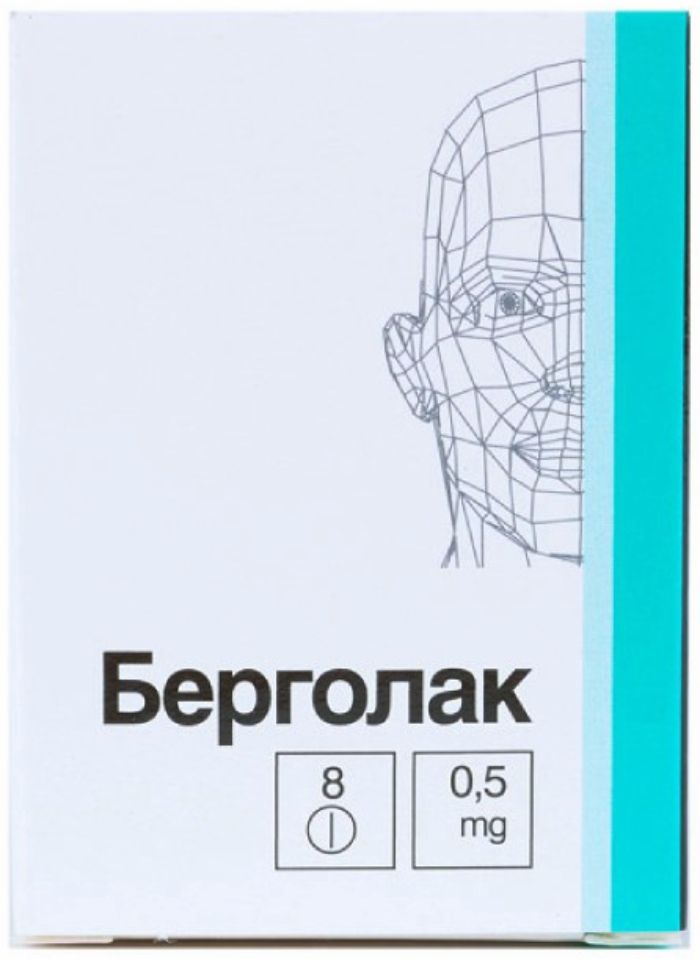
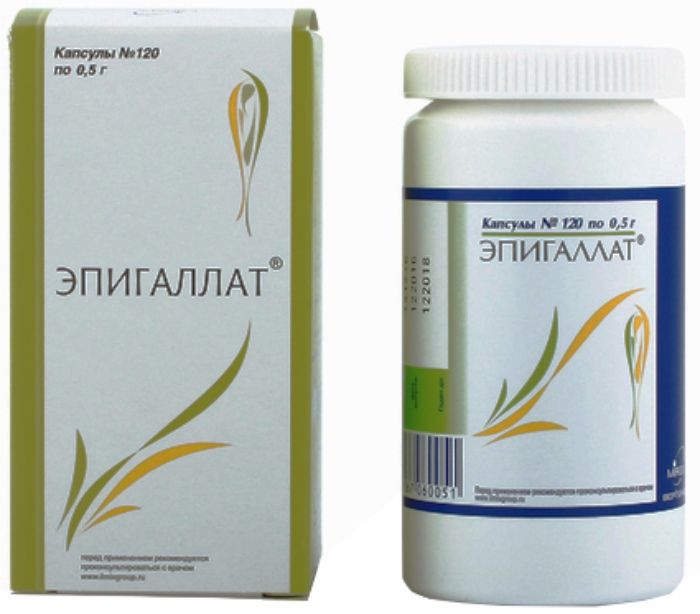
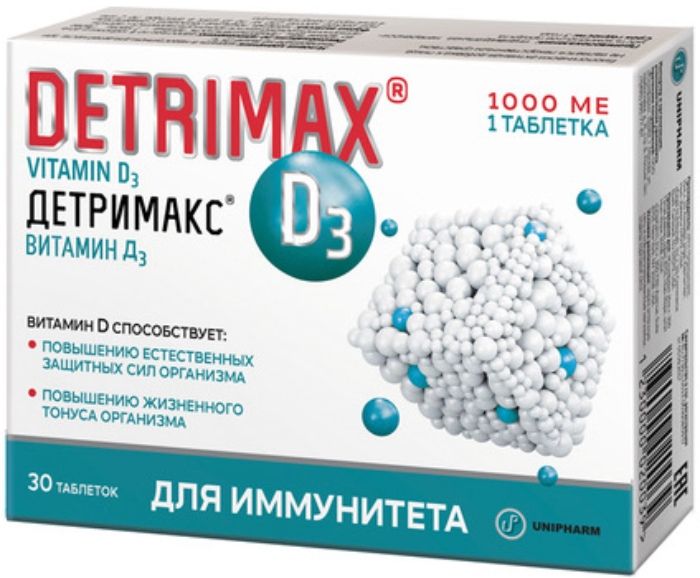

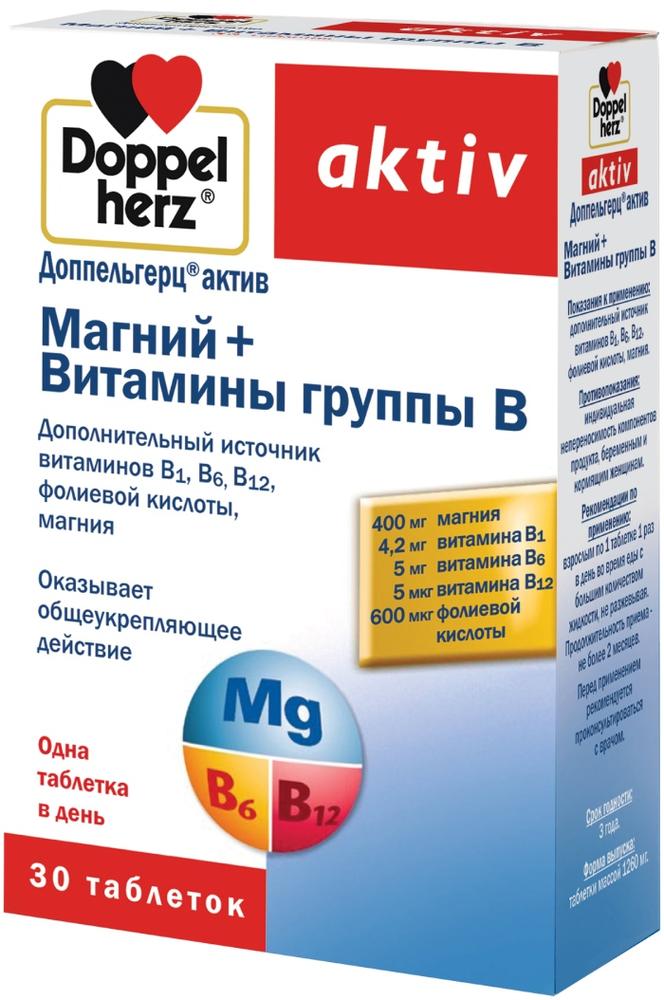
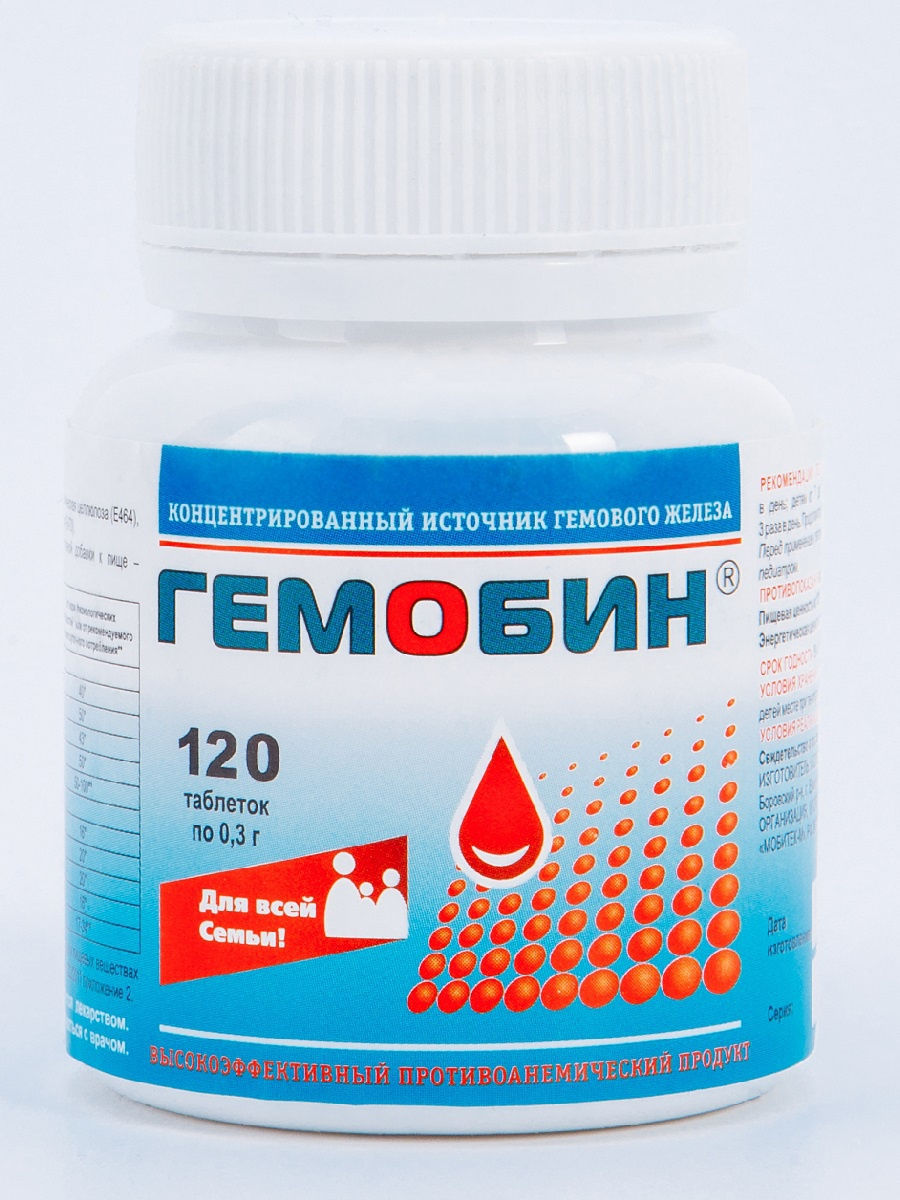
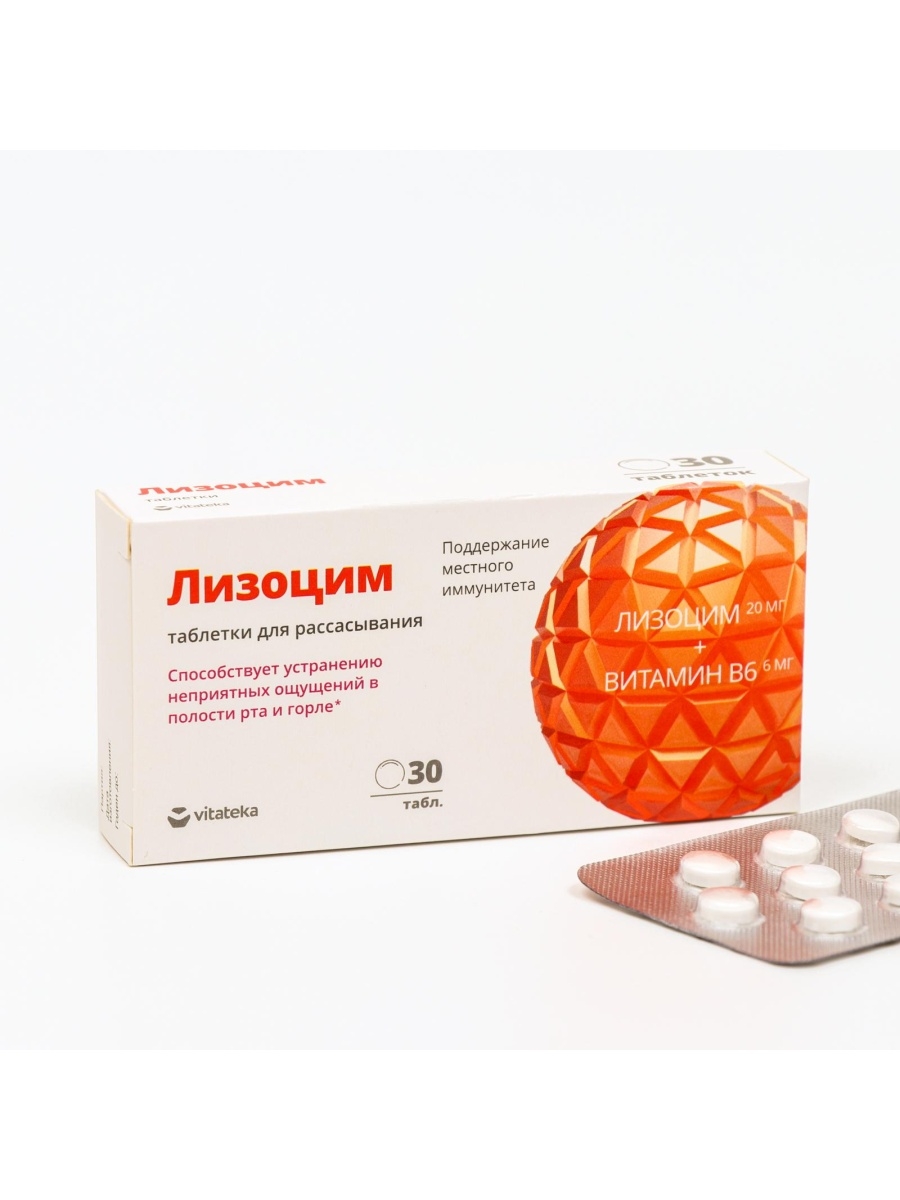
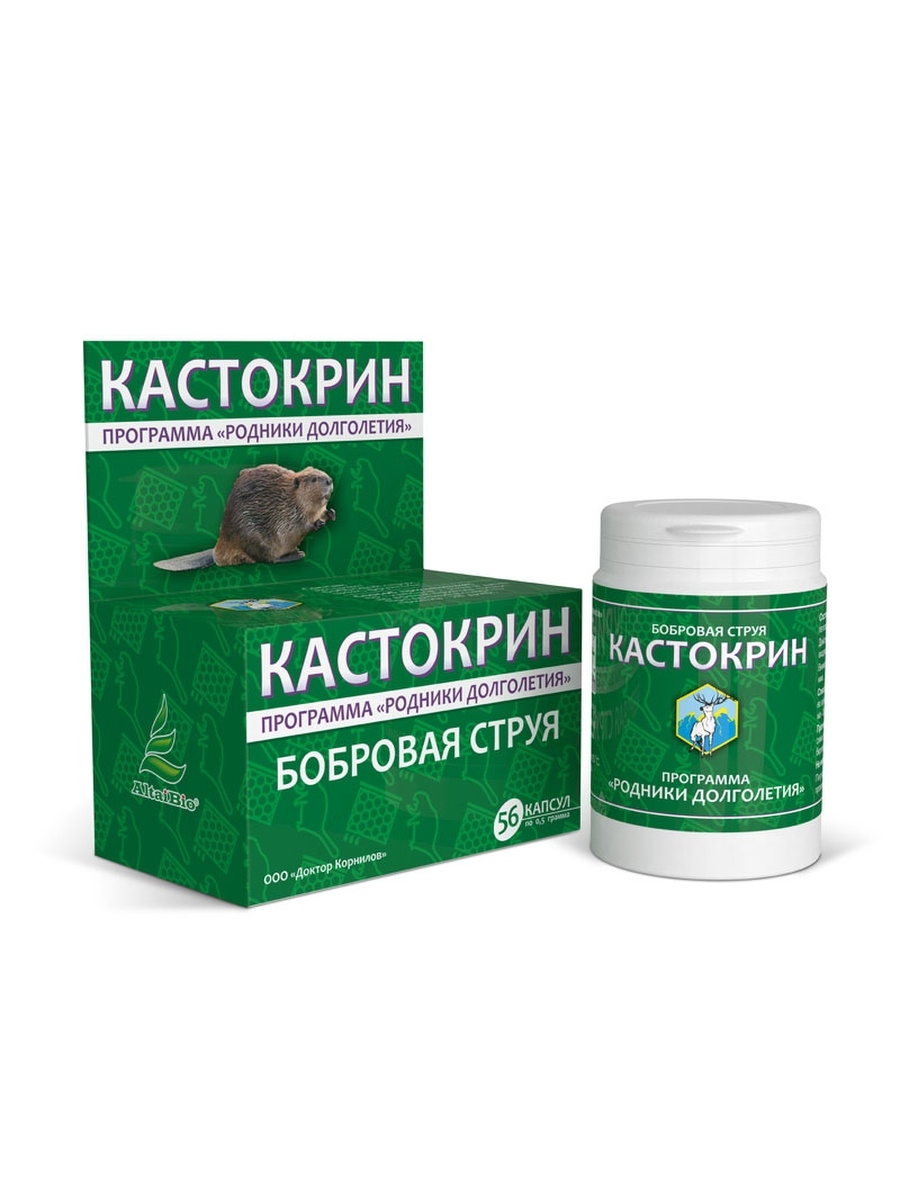





There are no reviews yet.